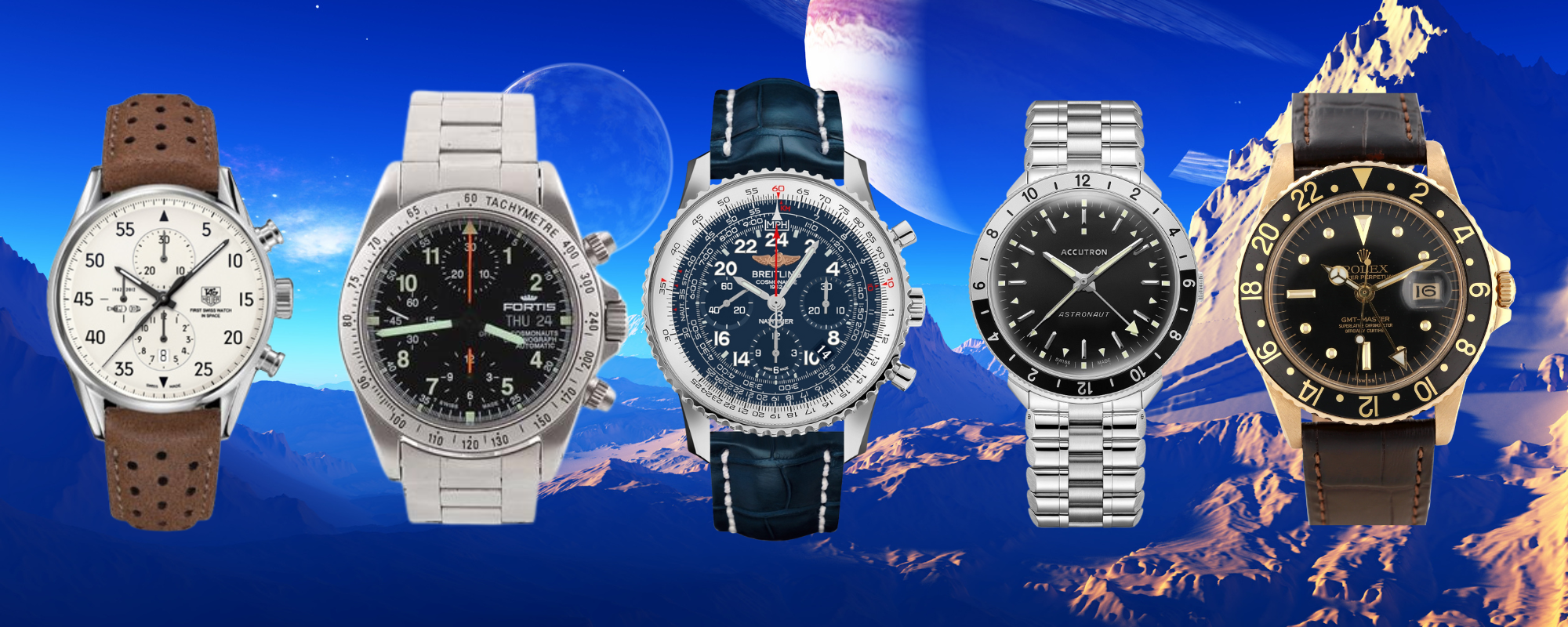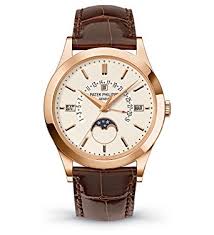Watches that reached cosmic heights together with their wearers hold a special place not only in the realm of science and technology but also in the world of fine Swiss horology. These timepieces became true companions to astronauts, helping them navigate not just time, but also perform complex tasks under extreme conditions 🌍🚀
In orbit, every second matters, and synchronizing actions with mission control or other crew members can literally be a matter of life and death. That’s why reliability, accuracy, and durability are critical qualities for any timepiece taken on such a demanding journey 🛠️⌚️
In space, there's no sunrise or sunset — a watch is the only reference that helps astronauts stay on schedule, manage life support systems, and carry out planned scientific experiments 🌗🔬
🌠 The Evolution of Space Watches
The history of space exploration through watches carries profound meaning — it reflects humanity’s drive to turn the impossible into reality. And when asked which brand answered that call, Google will quickly point to the legendary Swiss manufacturer Omega.
When NASA searched for a timepiece for astronauts landing on the Moon, Omega went through a series of grueling tests. Here's the chronological evolution of the Omega Speedmaster in space:
1956 — The Omega Seamaster was tested by strapping it to the fuselage of a Canadian Pacific Airways aircraft during a 9-hour polar flight. The test confirmed the watch’s performance and accuracy under extreme conditions ❄️✈️
1962 — Astronaut Wally Schirra wore his personal Omega Speedmaster aboard the Sigma 7 spacecraft. Schirra later participated in multiple NASA missions and set a record at the time: he spent a total of 295 hours in space, and his beloved timepiece was always on his wrist 🌌👨🚀
1965 — Omega became the only watch brand to pass NASA’s rigorous testing and was officially certified for space missions ✅📜
1969 — A monumental milestone in human history: on July 21, Neil Armstrong stepped onto the surface of the Moon. A vital part of his gear was the Omega Speedmaster Professional, which became known as the Moonwatch. That same model was later sold at RR Auction in April 2025 for a staggering $2.1 million. According to Mark Armstrong, Neil’s son, half of the proceeds were donated to charity 🌕💰
1970 — The Omega Speedmaster proved its value during the Apollo 13 crisis. Following the explosion of a liquid oxygen tank, the mission commander used the chronograph to time a 14-second engine burn that corrected the trajectory and saved the mission 💥🧭
1972 — The Apollo 17 expedition, the final manned Moon mission, was rich in records — including being the longest manned lunar mission. Once again, the Omega Speedmaster played a crucial role, worn by a crew member who remained in orbit for three days awaiting the return of his colleagues 🌙⏳
Later achievements for the Speedmaster included the first docking of spacecraft, 365 days aboard an orbital station, and other mission milestones — all while maintaining flawless timekeeping 🔁✅
🛰️ Watches That Conquered Space
While Omega remains the icon of space horology, it’s not the only brand to have made the leap beyond Earth. Other notable timepieces also joined the mission to the stars:
Rolex GMT-Master 1678
Originally created for Pan-Am Airlines — the airline requested a watch capable of showing multiple time zones simultaneously. It turned out to be just as suited for space. Astronaut John Swigert wore the Rolex GMT-Master 1678 during the Apollo 13 mission, where it was used to measure a critical engine burn 🧪🛰️Breitling Navitimer
Worn by Scott Carpenter, the Navitimer orbited the Earth three times with him. The watch became a favorite among pilots and astronauts due to its 24-hour dial and circular slide rule for calculations. In 2024, celebrating its 140th anniversary, the brand released a limited, updated version called the Navitimer Cosmonaute, designed in collaboration with space professionals 🥂📦TAG Heuer Carrera Calibre 1887 SpaceX
A special edition from 2012, launched to mark the 50th anniversary of astronaut John Glenn’s historic orbit. Glenn became the first American in space, and each of the 2,012 pieces featured a unique number and 50-hour power reserve 🚀🕒Fortis Cosmonauts Chronograph
Currently the official timepiece of the AMADEE Mars missions. The brand partners with the Austrian Space Forum and the Swedish Space Corporation. The Fortis Cosmonauts Chronograph has already completed over 100,000 orbits of Earth and is considered the longest-functioning mechanical watch in zero gravity 🔁🪐Bulova Accutron Astronaut
Let’s not forget the Accutron Astronaut by Bulova, an American brand once vying to become NASA’s official chronometer. This watch featured a unique tuning fork movement that made it highly resistant to shocks and extreme temperatures. In 2023, Bulova released a new limited edition with a Swiss SW330 GMT movement and a day/night bezel. Only 300 pieces were made, making it a coveted collector’s item 🪙🖼️
Thus, the story of space watches is not just a fascinating intersection of engineering and time — it’s a testament to human courage, technological mastery, and the eternal drive to push beyond limits. These watches are more than tools — they are symbols of time that dares to reach the stars 🌠🧭



